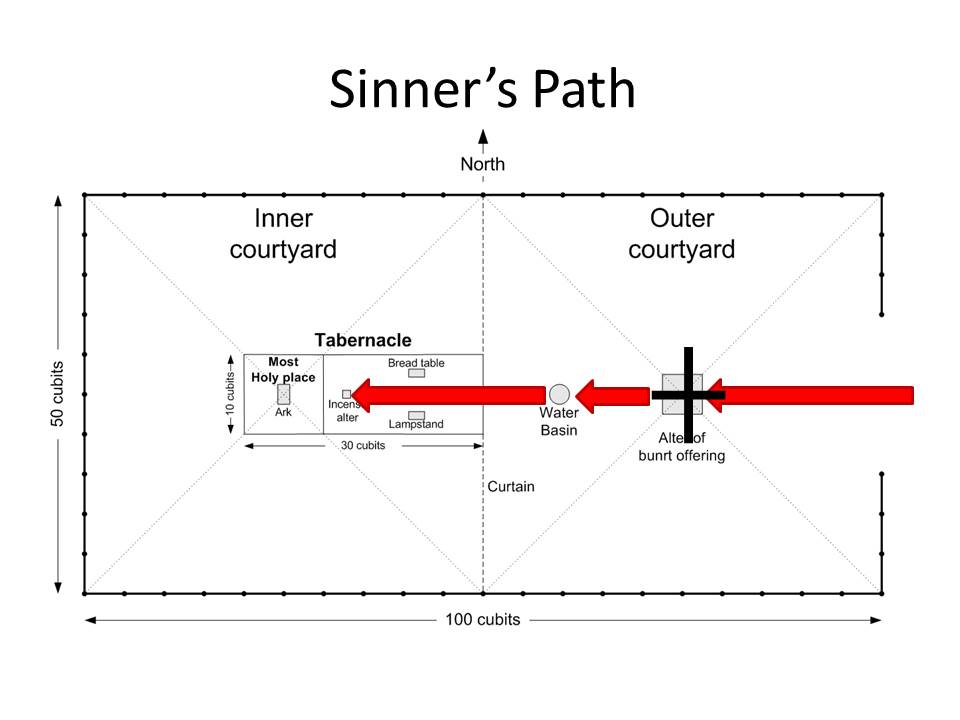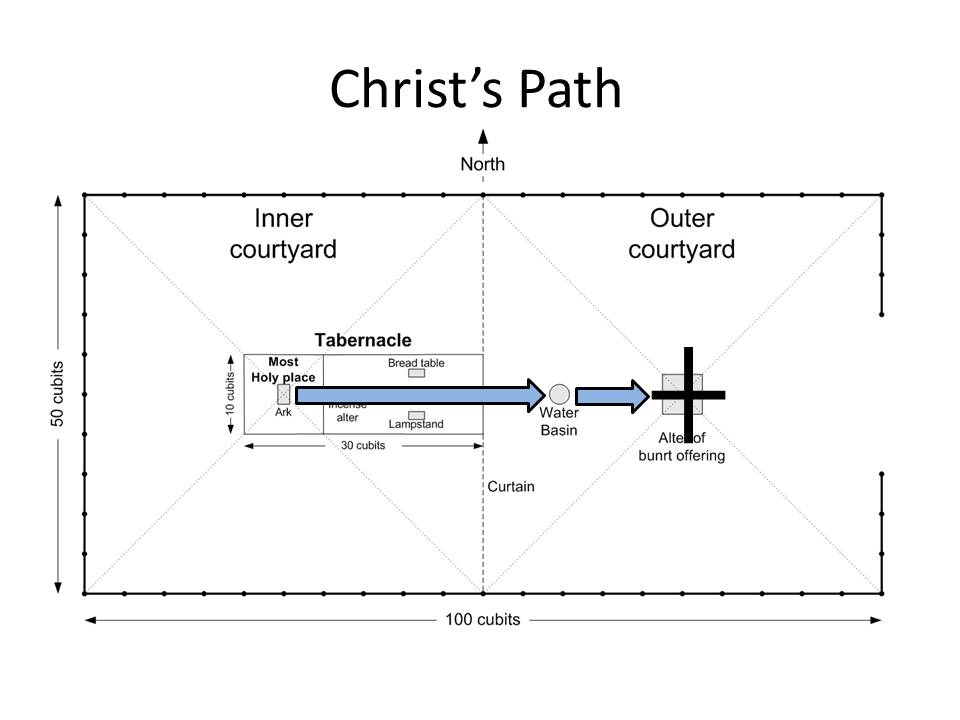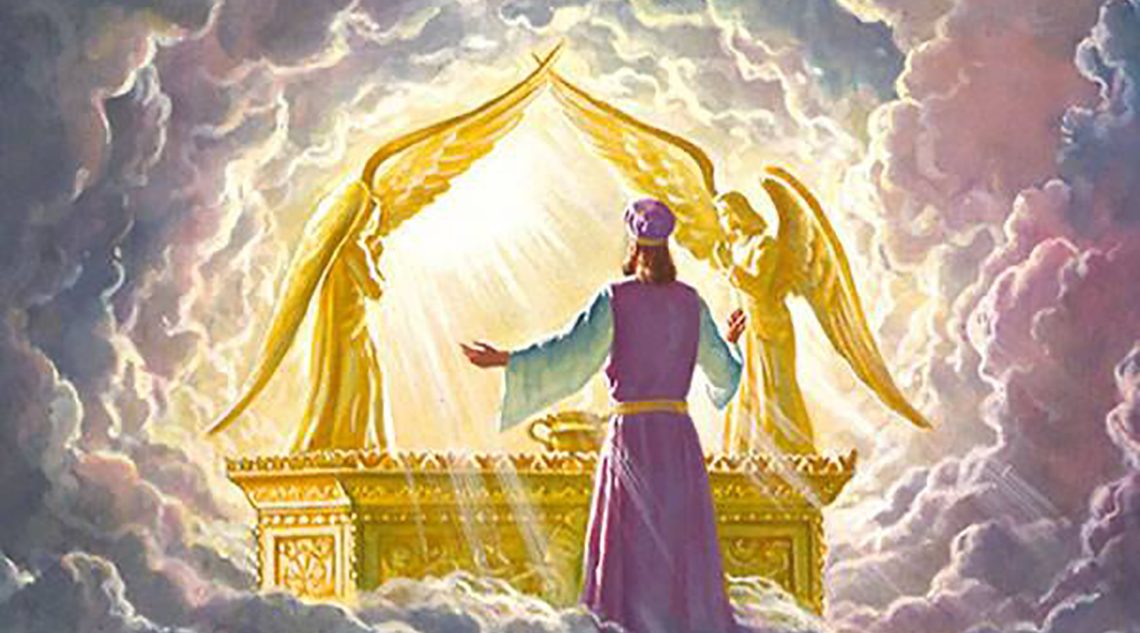I never really understood–or liked–Shakespeare’s Romeo and Juliet until I performed it. It wasn’t just memorizing the lines; it was the actual process of acting, of saying the words while going through the motions and interacting with the other actors and with the set. It’s something Benjamin Franklin explained as follows, “Tell me and I forget, teach me and I may remember, involve me and I learn.” Having been involved in the production of Romeo and Juliet, I understood it is I never had before.
This truth, that being involved makes an impression upon us that nothing else will, is why we have baptism and communion. These are ceremonies which involve us. We don’t just talk about being buried in baptism, we are actually submerged. We don’t just talk about or describe assimilating the bread and the wine, we actually consume it. And in so doing, each of these reenactments brings a deepened sense of consciousness concerning the meaning of the significance of these ceremonies, and of the events they represent.
That’s what makes our understanding of the sanctuary doctrine so valuable to me. Here we have, in a relatively simple diagram (almost in cartoon form) the plan of salvation. On its surface, it is relatively simple. But the more one studies it and relates it to the saving acts of God throughout the Bible, the more we see its beauty and significance.
Put yourself in the place of the Old Testament believer, in the desert. You are still wandering in the wilderness. You have not yet found the promised land or conquered it; there have been no judges, the monarchy is yet far in the future. You and your ancestors have spent many years in slavery under the control of Egypt. Many of their gods and ideas of God have infiltrated your consciousness. And then, the God of Abraham, Isaac, and Jacob, the one who says “I Am That I Am,” has miraculously liberated you, and provided for you in the desert. This God is not like any of the others. The others could be bribed, could be bought off. They are subject to the same vices as human beings. Not so this God who calls Himself “I Am That I Am.” He is so different that you have almost no frame of reference to understand Him. And so He gives you one, in the form of the sanctuary.
If you have transgressed His law, if you have sinned, you must bring a flawless lamb to the opening of the courtyard of the sanctuary. There you will confess your sin on the head of this lamb, and then you—not the priest—will slit the lamb’s throat. It is your sin, your choice, your action that puts this lamb to death. The lamb is then taken by the priest to the altar of burnt offerings. You cannot enter there. You need someone to offer the sacrifice for you. The priest fills this office.
After the sacrifice has been offered, some of its blood is combined with incense. The priest will then go into the tent of meeting, what we call the tabernacle, with this blood and incense. He will place it on the altar of incense, from whence the smoke will rise over the veil and enter into the Most Holy Place, into the throne room and the presence of God Himself. You cannot go there, but your prayers, borne by the priest and empowered by the blood of the lamb, go to the very throne of God. And you, in the desert, have no problem thinking of the Most Holy Place as the throne of God. For above that, you see every day the pillar of cloud and every night the pillar of fire, which both protects and guides you.
You may not, dwelling in the desert, struggling to survive, have much of an idea of what we today call theology, but you do understand that your wrongdoing causes the death of the lamb. That the lamb’s blood not only absolves you of sin, but actually carries your prayers to the God who is the Creator. And although you are the cause of the sacrifice, you are not on your own able to administer it. Someone set aside for that purpose, a priest, places the sacrifice on the altar and conveys the blood and incense into the tent of meeting. Salvation is not something that you do, it is something that is done for you.
You cannot yet understand, at this point in your journey in the desert, that the priest and the lamb are the same One; but you do know that without them you would remain condemned.
This demonstrates the beauty of the sanctuary. As time moves forward, as God reveals with more saving acts what His plans are for human beings, as we see His plan of salvation unfolding, we see that it was already prefigured in the sanctuary service.
As Christians, we can see that we are saved through the blood of the Lamb. Now, according to Peter, a nation of kings and priests, we Christians can come to the altar of burnt offerings, to the cross. As we accept Christ’s sacrifice on our behalf, we then move to the laver, to baptism. As we continue to follow Christ, through the waters of baptism, we then can cross into the tabernacle, and be seated “with him in the heavenly realms” (Eph. 2:6). In prayer, we can “approach God’s throne of grace with confidence.” All this is diagrammed in the sanctuary.

We can even see that Christ’s ministry is diagrammed here. He comes from the throne, from the Most Holy Place, to this earth, and is baptized before He goes to the cross. The altar of burnt offerings, the cross, is the center of His ministry on Earth. Intercession before the throne of God is the center of His ministry on His return to heaven.
We could go on and on. Books could be written—have been written—about the significance and meaning of the sanctuary service. There is no time to go into all of that in this blog.
What I hope to have done, is to have suggested the majesty and beauty of the doctrine of the sanctuary. Understanding the significance of this beautiful representation of the plan of salvation both deepens and broadens our Christian experience.
And what does it tell us about our relationship to God? It is yet another piece of evidence demonstrating the transparency of God’s government. We are not asked to believe in blind faith, far from it. We’re told that God will do nothing, concerning our salvation, unless He reveals that through His servants the prophets. And the sanctuary service provides not only information about His plans for us, but is itself evidence that He wants us to serve Him because we love Him, and we love Him because we truly know Him, and what marvelous things He has planned for us.
You’ll find more of what I have written about the sanctuary in my previous blogs Cleansing the Sanctuary and A Liar and a Thief Next Door.










